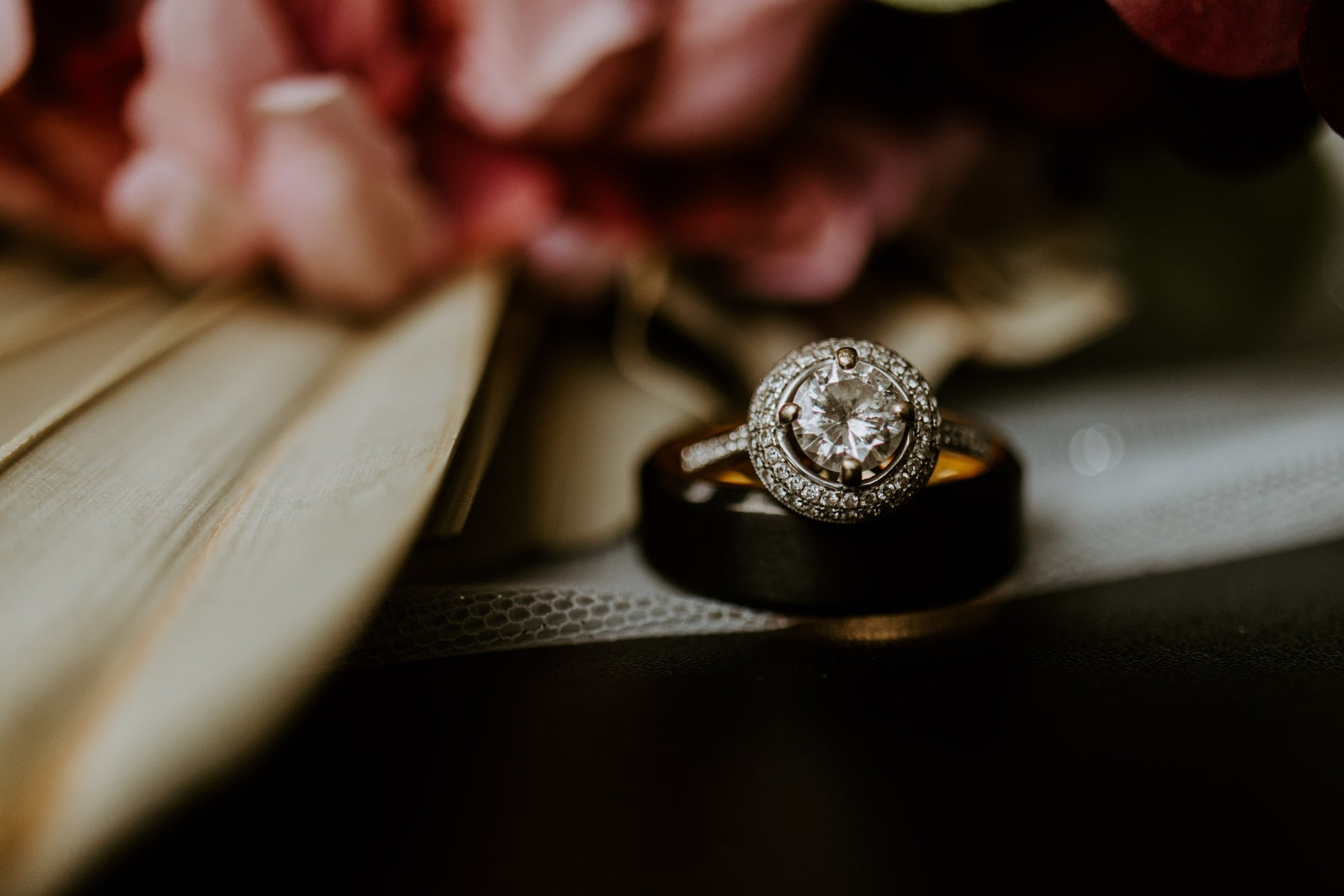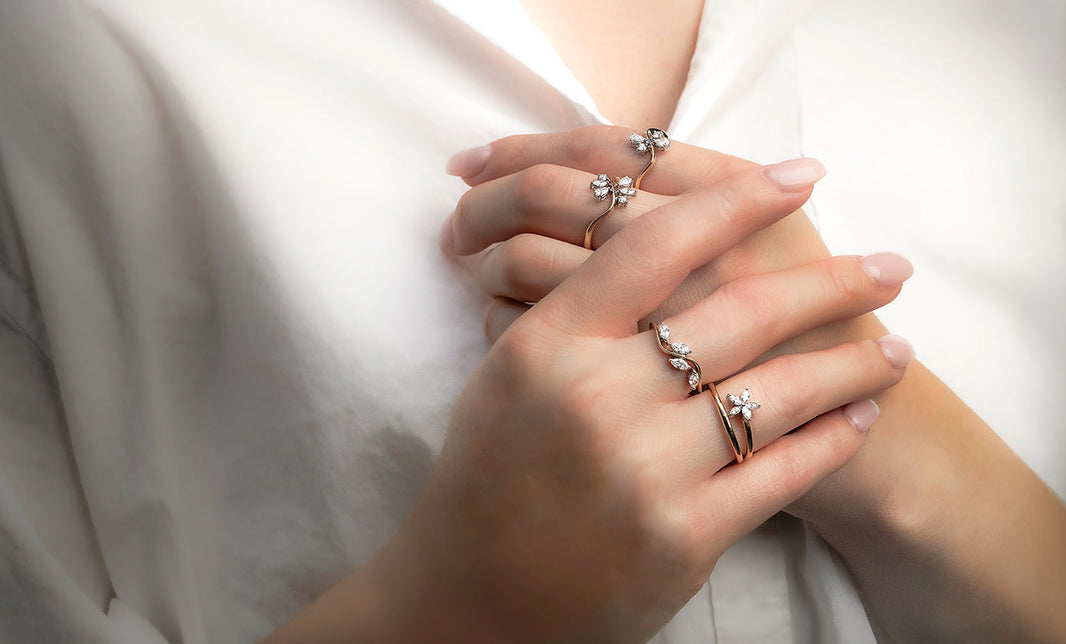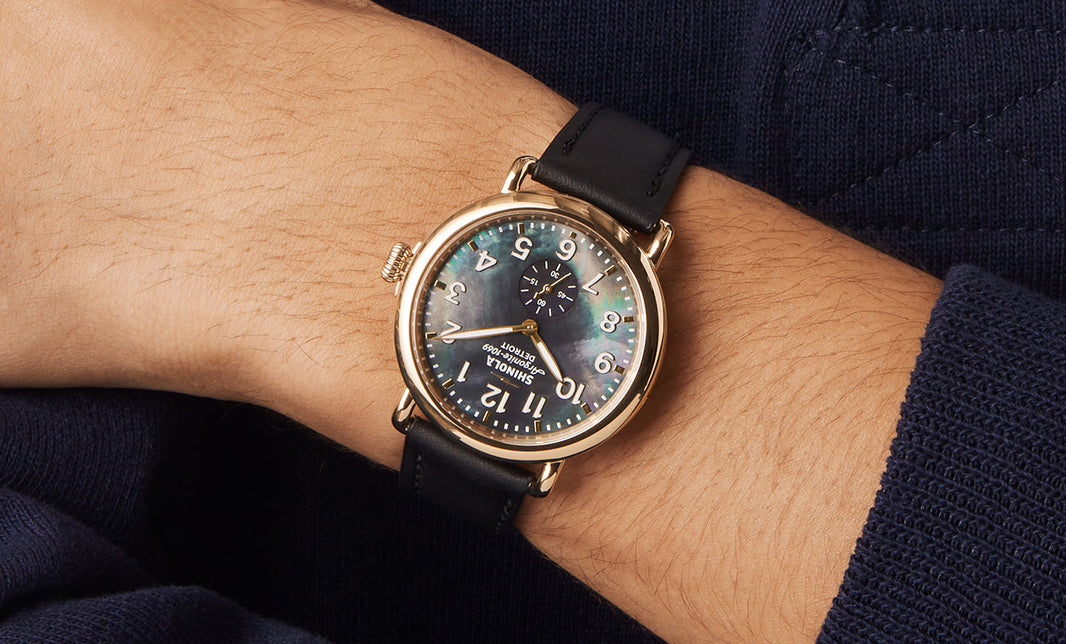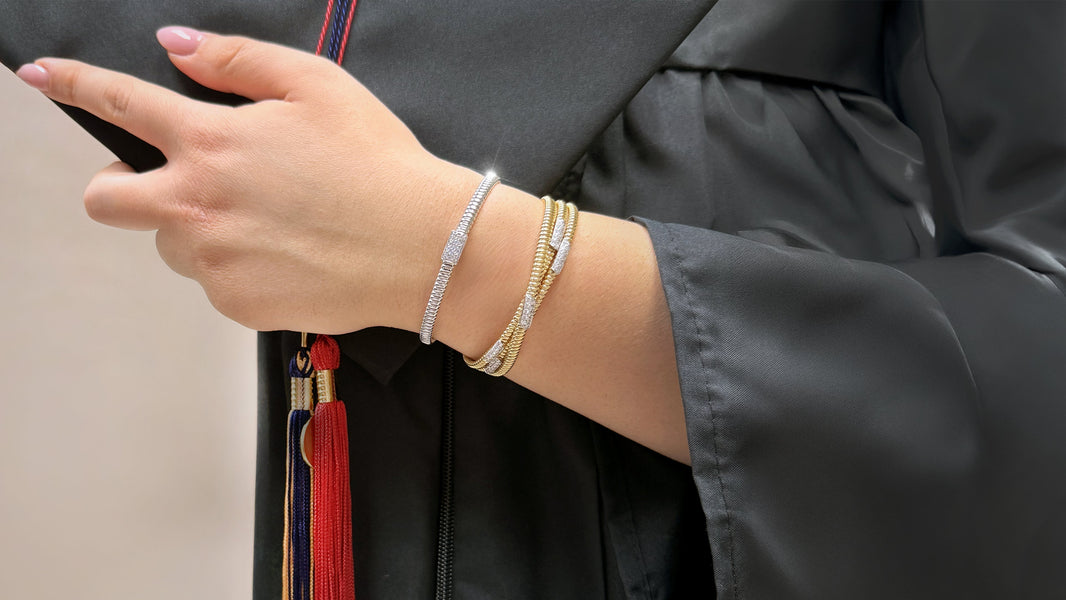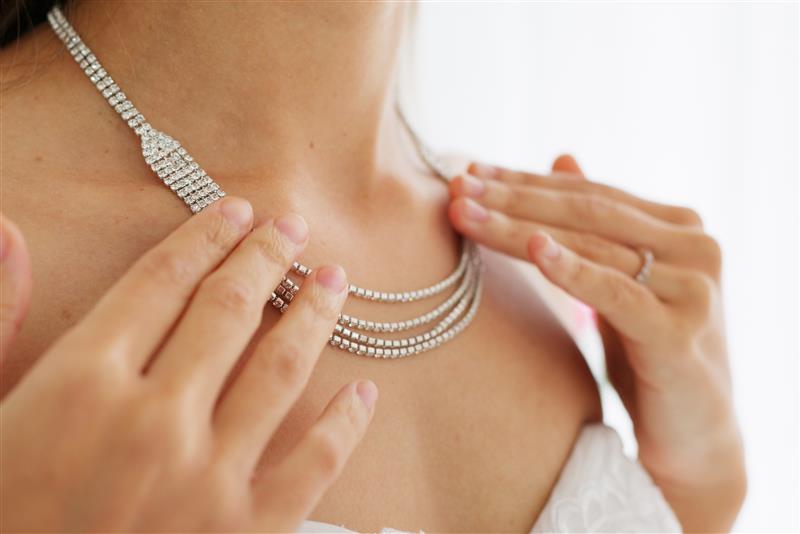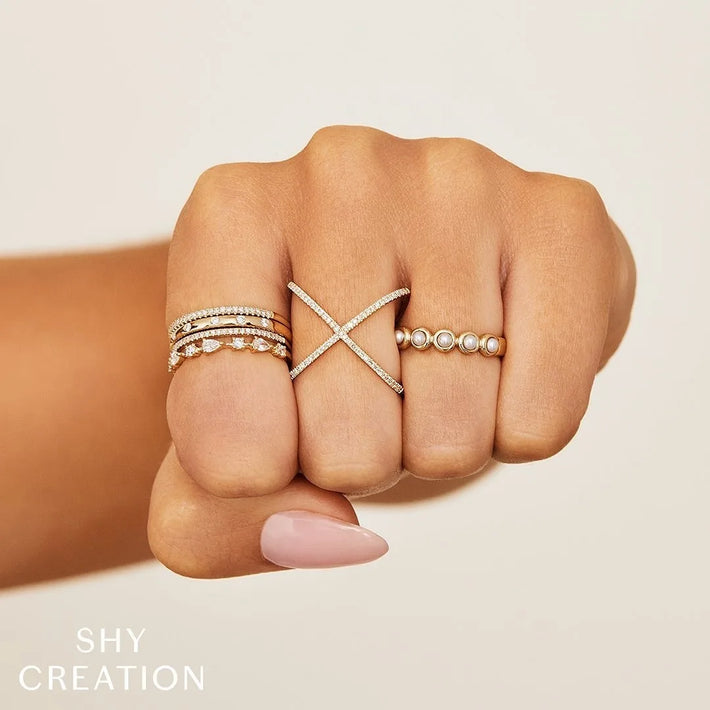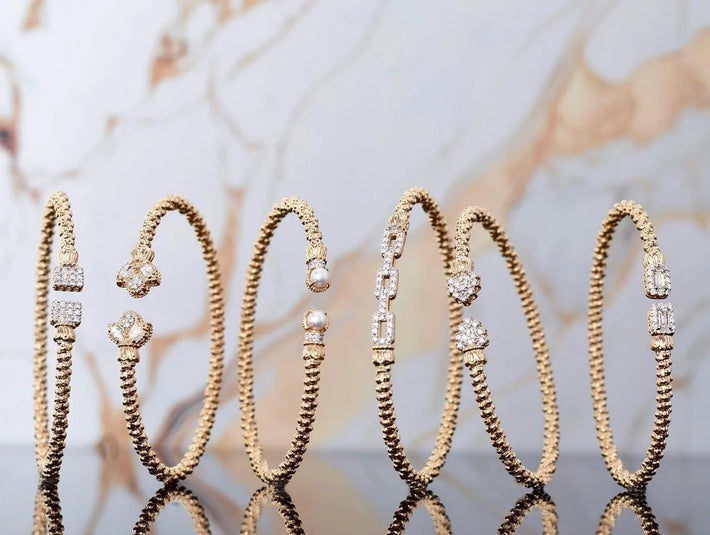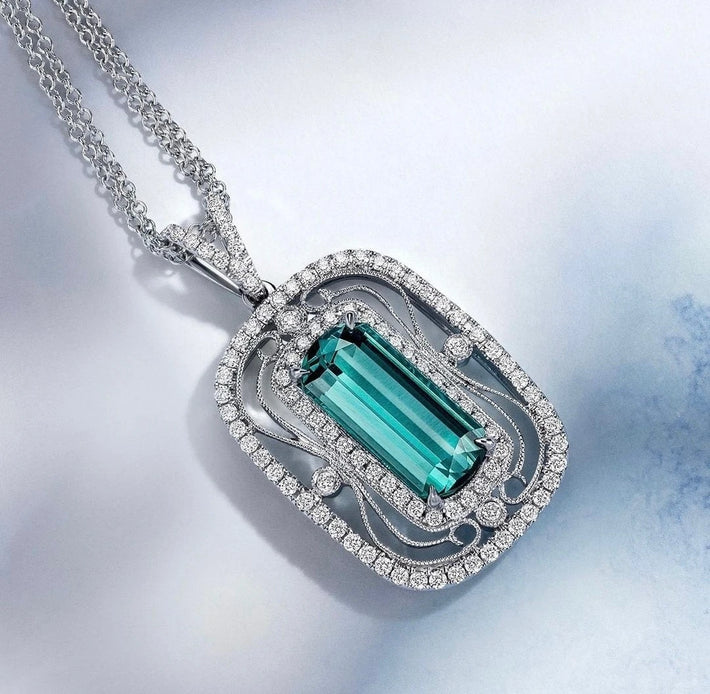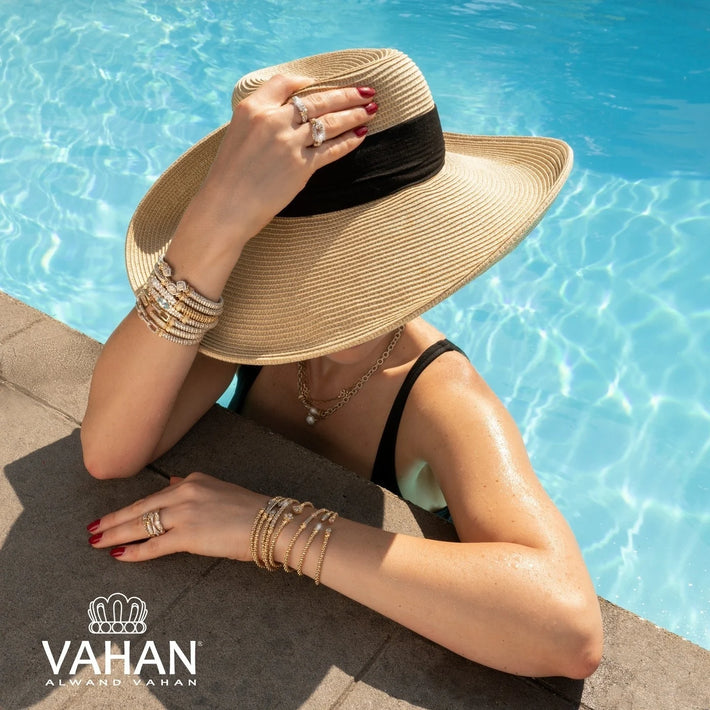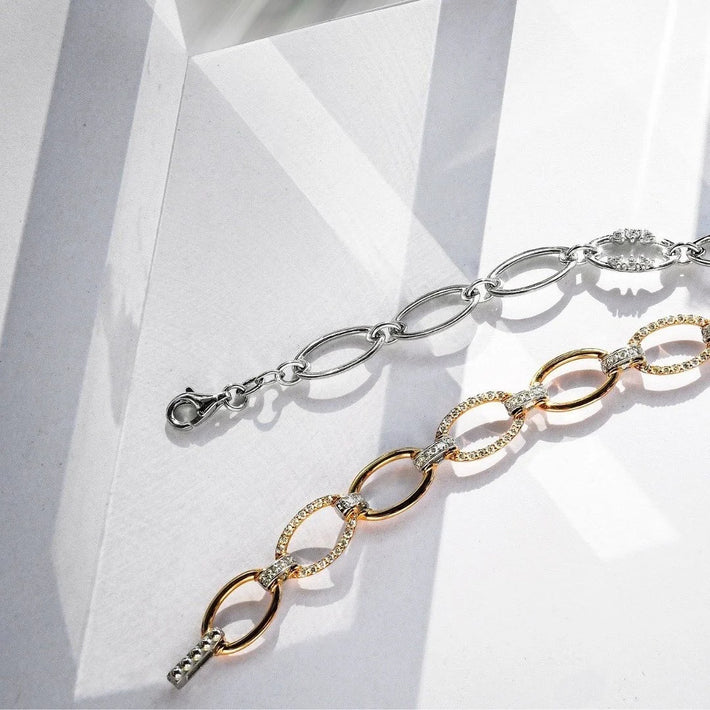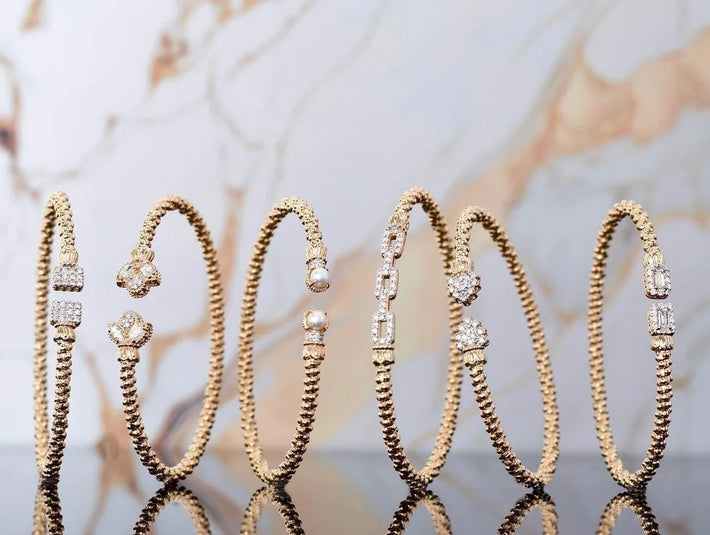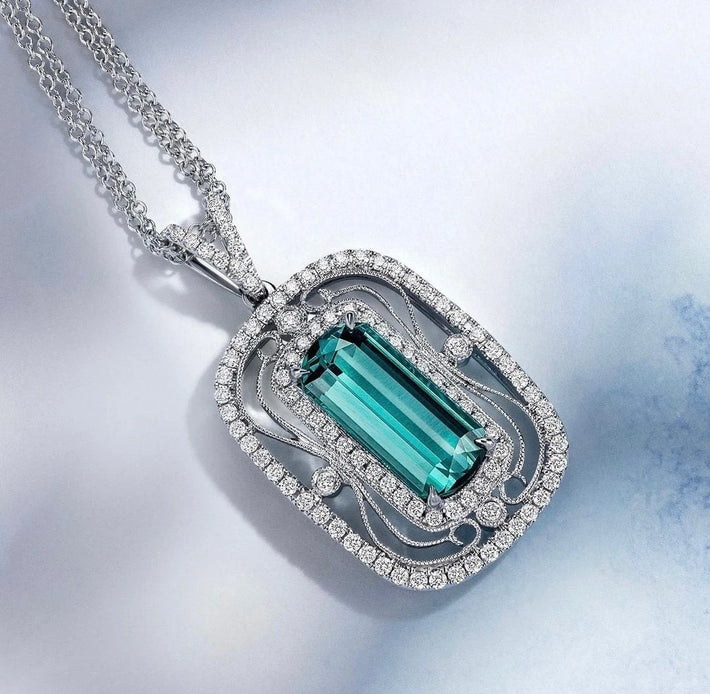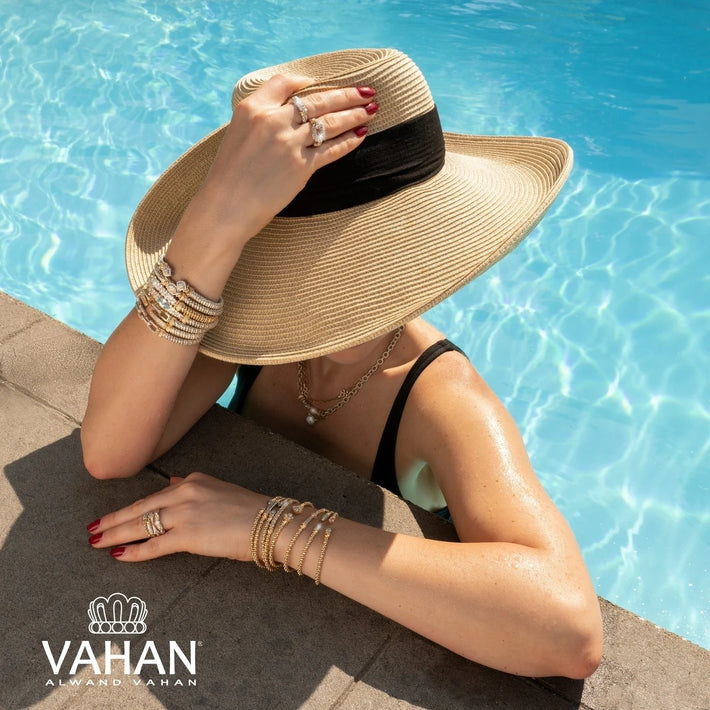Have you ever looked at an inherited piece of antique jewelry and wondered what it might be worth? Many people wonder if jewelry holds its value or if it increases over time. It makes sense if you want to make a jewelry investment to understand what makes it a good buy. It's also nice to know if the high-quality jewelry that has been passed from generation to generation is worth anything more than sentimental value. Whether you are simply curious or want to make an investment, use this handy guide to help you each step of the way.
Type of Jewelry
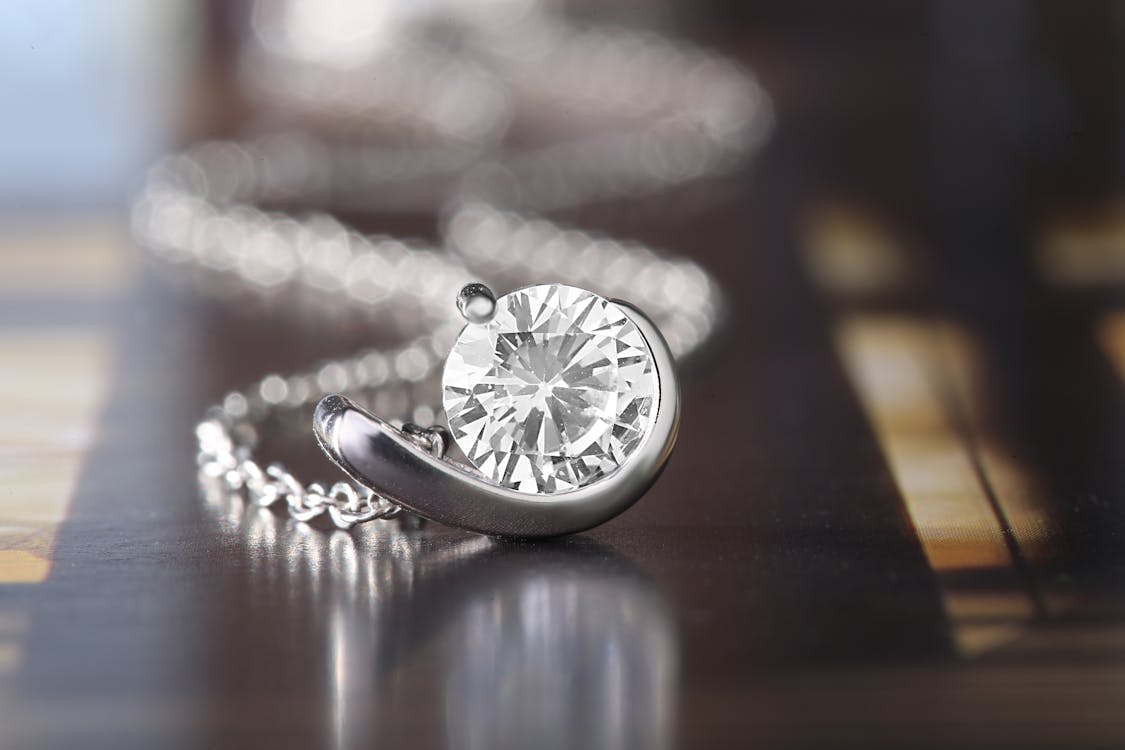
The type of jewelry plays a big role in its value. It goes without saying that something made with high-quality materials is likely going to have a higher value than the average array of jewelry pieces that someone might have to round out their collection. For example, diamond jewelry has long been a sign of social status and can usually fetch a good resale price, especially when appraised by jewelry experts who authenticate them.
At the same time, when the DeBeers company created a monopoly on diamonds after their discovery in South Africa, they were largely able to place any value they wanted on them. That means that the estate jewelry you inherited from your grandmother might not be worth as much as you think.
However, if you have something truly rare in your jewelry portfolio, that's where you will likely find the highest value. A one-of-a-kind piece is one of the types of jewelry that is worth more and can be sold for a higher price.
On the other hand, lab-grown diamonds aren't as valuable as those that have been mined and won't have as much value simply because they have a lower retail price to begin with (lab-grown diamonds are typically 30-50% cheaper than mined diamonds). As lab-grown stones are a much newer entrant to the market, what happens to their ability to retain value over time is still untested.
Understanding Jewelry Resale Value
If you've ever bought or sold jewelry, you've likely been surprised at what you are offered for a piece versus what a store might charge a buyer for the same item. In fact, markups tend to be between 100 and 300 percent of the item's value. Unfortunately, if you are the seller, you can usually expect to only get 15 to 50 percent of the value of the piece.
There are a couple of ways to determine the resale value of a piece of jewelry. One is with the level of craftsmanship and materials used - precious stones versus those created in the lab, for example. Another example is the status of the jewelry maker. For example, something from Tiffany & Co. will have a higher value than a run-of-the-mill piece of jewelry from a mall shop. In other words, market value and retail value may not be the same.
Case in point: the 35 carats that Mariah Carey wore when she married James Packer, rumored to cost $10 million, only sold for $2 million. That proves that a piece can be absolutely stunning, but isn't necessarily a worthwhile investment. For that reason, it makes sense to understand what makes a good buy. Keep reading for some expert advice on the topic.
Types of Jewelry That Holds its Value
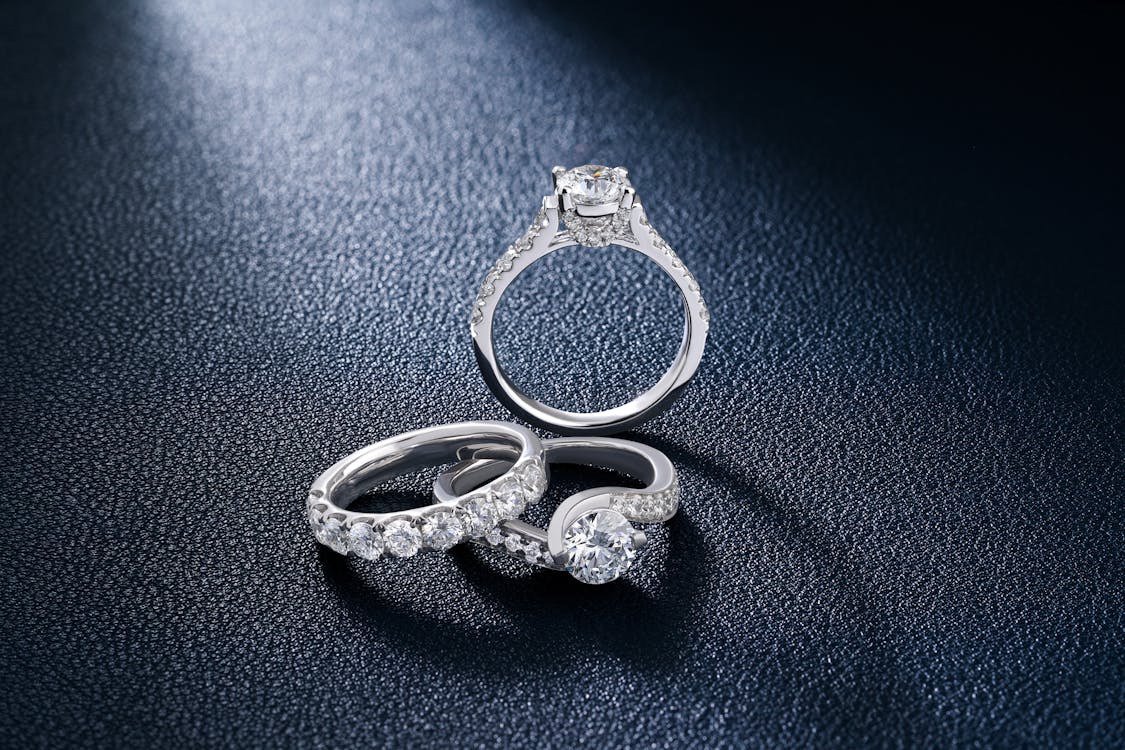
Knowing what kinds of jewelry hold value over a certain period of time is a great way to be sure that the investment potential for a piece of jewelry makes it a worthwhile purchase.
Palladium Jewelry
One of the best investment pieces is palladium jewelry. It occurs in nature and is colorless, making it very rare, more rare than both platinum and gold. It was first used to make high-quality jewelry during World War II. Its rarity means that it never gained as much popularity as other precious metals, including gold jewelry and sterling silver jewelry.
If you're looking to make a smart investment, palladium jewelry is a good option because its rarity means it rises in value over time. Not only is palladium jewelry beautiful, but it's durable and hypoallergenic. It's also better for the environment than other metals, including both white gold and yellow gold, so it's less harmful to the atmosphere.
Platinum Jewelry
Platinum tends to hold its value, is incredibly versatile and is 15 times rarer than gold. Platinum is a strong investment because it's resilient and scratch-proof. Keep in mind that the purity of the platinum plays a role in its value.
In addition, platinum resists everyday wear and tear and is ideal for people who love the patina formed on jewelry when it's worn on a daily basis. Platinum also makes a sensible choice for people with allergies as it's hypoallergenic.
Diamond Jewelry
While diamonds tend to hold their value, they don't always increase in value. However, they can still be considered investment jewelry, especially if combined with quality metals. Likewise, high-quality diamonds will have more value than others and a designer piece from a well-known jeweler, such as Tiffany & Co will have a higher resale value than many of its counterparts.
The source of the diamond also plays a role in its value. While diamonds don't often decrease in value, the value can fluctuate based on their origin. A high-quality mined diamond will be worth more than a lab-grown stone.
Gold Jewelry
Many of the iconic pieces that you equate as being a worthwhile investment are made with gold. That's because the price of gold has stayed stable for hundreds of years. However, your return on investment largely relies on the gold's purity. Supply and demand and market value will influence how much you get for a piece of gold jewelry.
Unlike many other metals and precious stones, there's a large secondary market for gold jewelry. Value in this market has grown steadily over time and that makes vintage jewelry and second-hand items may have a value that isn't so largely influenced by current gold prices, as they are in a different market than new pieces.
Gold also has a scrap value as it can be melted down and reused. The market sets the price for scrap gold and is based on weight.
Silver Jewelry
Silver, particularly sterling silver, can be quite valuable. Like gold, its value is based on its purity, with higher purity ratings being worth more than those with lower ratings. The market for silver jewelry largely dictates what it's worth so you might find the cost of jewelry fluctuating with time. Like gold, silver can also be sold for scrap. Again, the price is set by the market and the age of the piece has no relevance.
Vintage Jewelry
Vintage jewelry is often valuable jewelry. In fact, some estimates say that the cost of highly sought-after vintage pieces has gone up by 80 percent in the last few years. It's rare for there to be a huge fluctuation in the market so that tells you something about the current value of older pieces.
Timeless jewelry designers tend to fetch the most for their vintage items, with Cartier and Tiffany being two of the most valuable. In some cases, these vintage pieces have been known to get more than their retail price at auction.
High Power Brand Names
Of course, the name of the jeweler plays a big role in its value, as well as its selling price. In many cases, a piece sells for a high price, even without a lot of glittering gemstones, simply because of the brand name attached to the item. In these cases, a lot of the value comes from the prestige of wearing a certain name. Cartier or Chanel, for example.
For many of these brands, value grows with age so the older a piece is, the more value it holds. Buyers also tend to gravitate toward original features, such as cultured pearls or the original stone in a modern setting.
Jewelry That Doesn't Hold Its Value
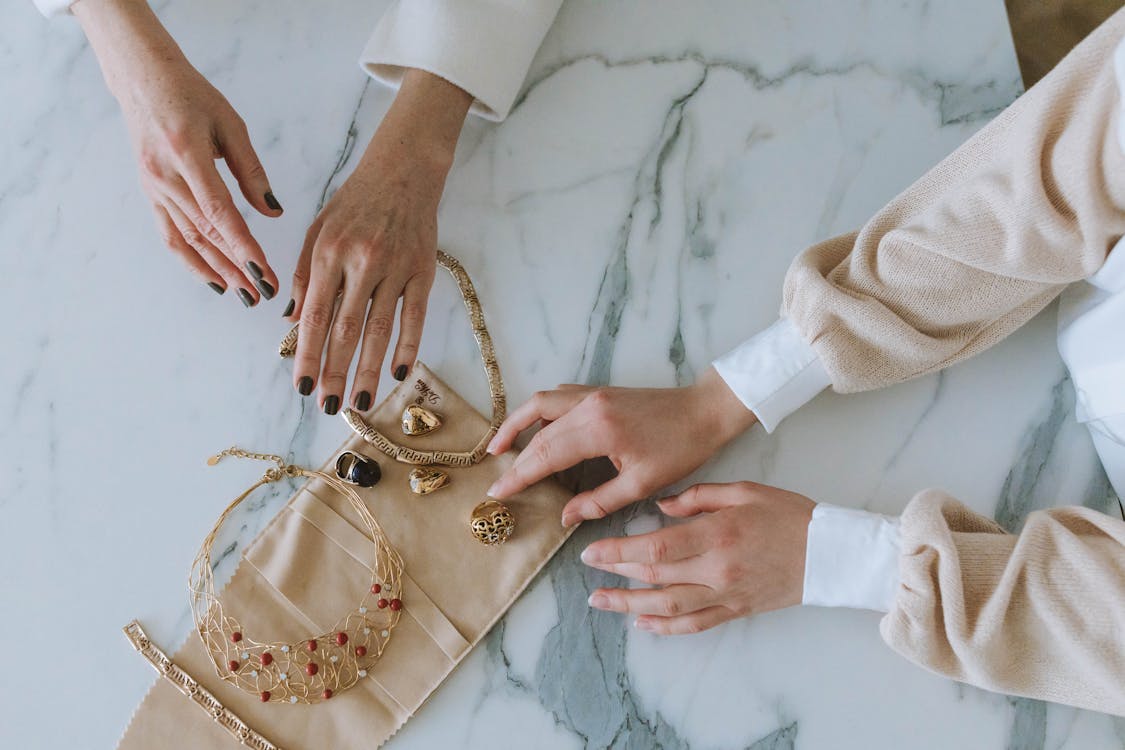
Just like there are kinds of jewelry that tend to hold their value, or increase in value, there are several that won't hold their value. They can still be enjoyable to wear and own, but shouldn't be on your list of choices for a long-term investment.
Alloy Jewelry
Alloys are a combination of two or more metals and are designed with durability and strength in mind. While there's a certain value to that, in terms of investment jewelry, alloys are basically an impure metal, which dramatically reduces their resale value. Alloys tend to tarnish and must be very well maintained to be worth anything.
Stainless Steel Jewelry
Stainless steel is popular for its hypoallergenic qualities, as well as its affordability. While these are definite benefits, it isn't a material with a high value. In fact, it's not that attractive for second-hand shoppers or for investment opportunities. Because stainless steel is perfect for budget shoppers, you can assume that it won't be worth much in terms of resale value.
Leather Jewelry
Leather doesn't last as long as precious metals. Though it is a trendy material for jewelry, especially for male bracelets and necklaces, it's not a good choice as an investment. There isn't a large market for it on a resale basis, so the chances of making any profit by reselling it are virtually none.
Tungsten Jewelry
There are many reasons to love tungsten jewelry. Its form and color are easy to preserve for many years and it is harder than both stainless steel and titanium so it's scratch-resistant and very durable. Tungsten does tend to be preferred by men for jewelry than women. Recent times have seen an increase in the popularity of tungsten wedding rings. However, the market for preowned tungsten jewelry is pretty small and there isn't much demand for it on a resale basis.
Titanium Jewelry
While titanium is hypoallergenic and won't lose its shine, it doesn't have a high resale value. It's a great choice for passing from generation to generation, but it's likely not the best choice for an investment item. There's not much chance that you'll get what you paid for it, let alone more.
Terms to Know
It always pays to have a little knowledge when making an investment purchase, These are common, important terms relating to jewelry.
Market Value
The time and money used to create a piece is directly proportional to its value on the market. Market value is how much retailers pay for the rights to sell a manufacturer's items. The labor and materials are just a bit higher than the market value.
Retail Value
The retail price is the cost that customers see, with the markup added by the retailer after paying the manufacturer's price. This is how a jewelry store makes its profits and stays in business. The retail price fluctuates based on trends and brand recognition.
Appraisal Value
Appraisal value refers to the amount a piece is worth if you have it insured in case of loss or theft. Sometimes these appraisers work for the insurance company, while others are independent. Keep in mind that this value does not take into account sentimental value, historical significance or heirloom status. It simply tells you what it's worth, based on materials, craftsmanship, brand and quality.
How to Increase the Resale Value of Your Jewelry
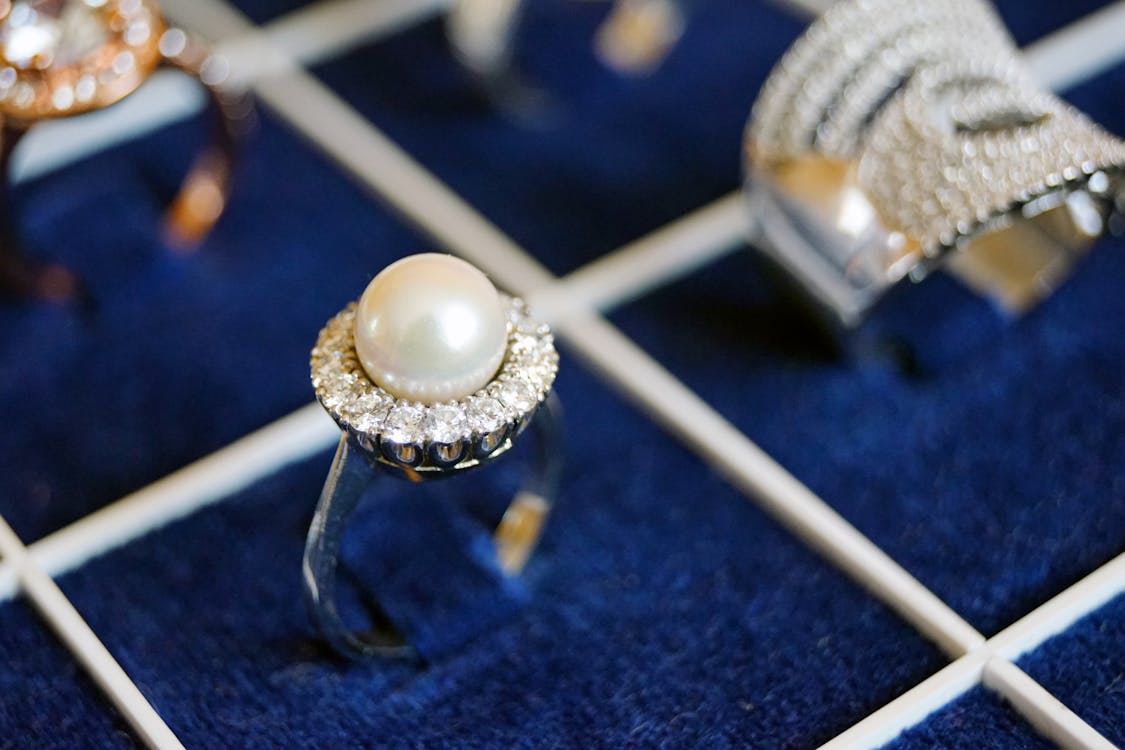
Even if you don't buy a piece of jewelry with the intention of selling it later down the line, taking care of it will always help in value retention.
Keep it Clean
Well-maintained jewelry has a higher resale value because it is in better condition and looks better. Keeping it in good shape preserves the original integrity, making it more valuable.
Do Your Research
If your piece has a serial number, it allows you to track it. That includes finding out information about who created the item. Having information about a piece of jewelry, especially if it is a limited edition or one-of-a-kind item, can increase what it's worth if you decide to sell it.
Choose Where to Sell
The price you get for a piece of jewelry will vary, depending on where you decide to sell it. An auction house versus a pawn shop is one example. Take some time to compare what you might get for a piece so that you can sell it where its value will be most recognized.
Tips for Buying Jewelry That Won't Lose Value Over Time

There are some general tips if you want to buy jewelry as an investment.
Get an Insurance Appraisal
This is important for any high-quality jewelry, including engagement rings, vintage rings and any other piece you are investing in. That gives it an accurate value, should you decide to sell or if something happens to the item and it needs to be repaired or replaced.
Choose Reputable Jewelry Brands
The depreciation rate is most certainly influenced by the shop where you make your purchase. For that reason, it's best to shop only at places with a good reputation. Pawn shop jewelry or items bought in an auction house may lose their value more quickly than items purchased at a well-known and reputable dealer.
Check the Hallmark
The hallmark is used to certify the purity of the metal the piece is made from. Artificial items are often sold in place of quality pieces and it can be difficult to tell them apart. The hallmark tells you the origin of the piece so you can determine its authenticity and value.
Consider Quality
Quality is vital for value, including the quality of metals and gemstones. It's a good idea to have an expert examine a piece so that you have a clear understanding of its value, based on its current quality.
Vintage Over Contemporary
Vintage jewelry tends to be more valuable than newer pieces. Anything over 100 years old is considered an antique and is likely to be worth more than something more modern. Jewelry from specific time periods are also more valuable, namely the Edwardian, Victorian and Art Deco periods.
The Takeaway
Fine jewelry doesn't tend to lose its value. In fact, it is likely to become more valuable as time passes. Rare and old pieces are the most valuable and the best choices if you want to make an investment. While you can certainly wear and enjoy any jewelry you like, if you want to keep resale value in mind, it's best to forgo budget pieces and opt instead for those with quality craftsmanship, quality materials and reputable brands.
